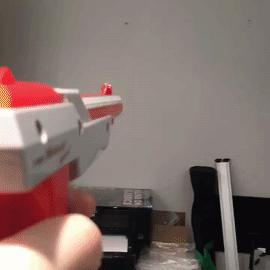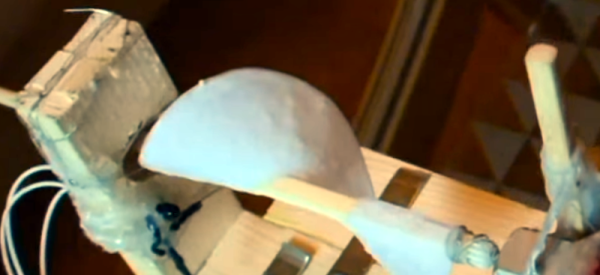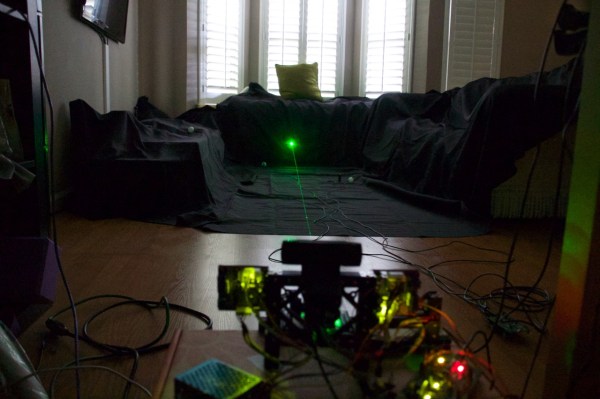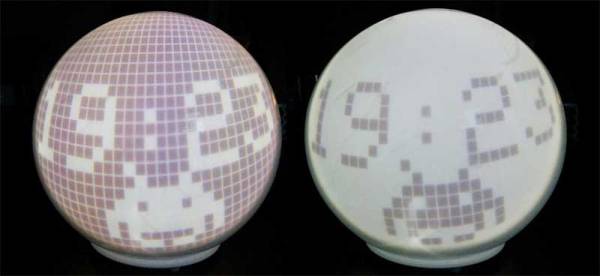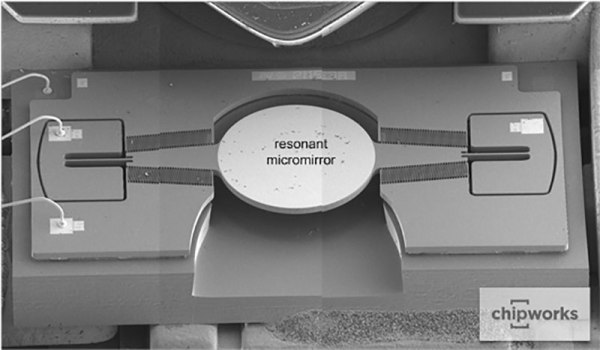The Zapper gun from the original Nintendo was ahead of its time. That time, though, was around 30 years ago and the iconic controller won’t even work with most modern televisions. With a little tinkering they can be made to work, but if you want to go in a different direction they can be made to do all kinds of other things, too. For example, this one can shoot green lasers and be used as a mouse.
The laser pointer was installed in the gun using a set of 3D printed rings to make sure the alignment was correct. It’s powered with a Sparkfun battery pack and control board which all fit into the gun’s case. The laser isn’t where the gun really shines, though. There’s a Wiimote shoved in there too that allows the gun to be used as a mouse pointer when using it with a projector. Be sure to check out the video below to see it in action. Nothing like mixing a little bit of modern Nintendo with a classic!
The Wiimote is a great platform for interacting with a computer. Since the Wii was released it’s been relatively easy to interface with them via Bluetooth. One of the classic Wiimote hacks is using an IR pen and projector to create a Smart Board of sorts for a fraction of the price. They’ve also been used with some pretty interesting VR displays.



